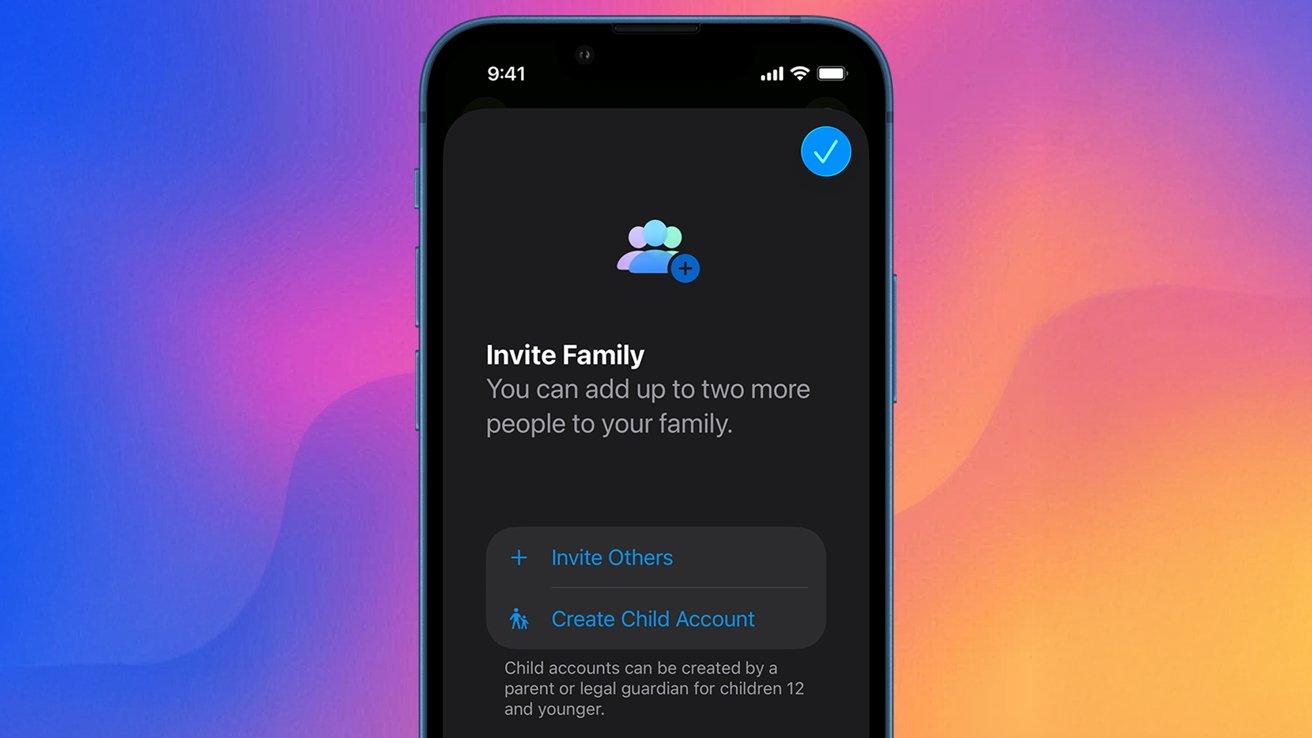In the digital age, ensuring children’s safety online is paramount. With the release of iOS 26 and iPadOS 26, Apple has introduced a suite of enhanced parental controls designed to provide parents with robust tools to manage and monitor their children’s digital experiences. This guide delves into these new features, offering insights on how to effectively utilize them.
Streamlined Child Account Setup
Apple has simplified the process of creating Child Accounts, ensuring that age-appropriate settings are applied from the outset. When setting up a new device for a child, parents are prompted to confirm the child’s birthdate. If the child is under 13, the system automatically converts the account into a Child Account, activating default safety settings immediately. This proactive approach ensures that children are protected from the moment they start using the device.
Age-Appropriate Content Filtering
To cater to the varying maturity levels of children and teenagers, Apple has introduced more granular age ratings on the App Store. The traditional 4+, 9+, 12+, and 17+ categories have been expanded to include 13+, 16+, and 18+ distinctions. This refinement allows parents to set precise content restrictions, ensuring that their children access only age-appropriate apps and media.
Declared Age Range API for Enhanced Privacy
Understanding the importance of privacy, Apple has introduced the Declared Age Range API. Instead of sharing a child’s exact birthdate with apps, this feature allows parents to share an age range (e.g., under 13 or 13–17). This ensures that developers can provide age-appropriate content without accessing specific personal information. Parents have control over this feature and can decide whether to share this information always, per request, or never.
Extended Protections for Teenagers
Recognizing that teenagers also require guidance and protection, iOS 26 extends default safety features to users aged 13 to 17. Regardless of whether they have a formal Child Account, these users will benefit from web content filtering and Communication Safety features. This includes on-device detection of sensitive content and automatic blurring of explicit images in messages and shared albums.
Communication Approval Mechanism
To further safeguard children from unwanted communications, Apple has implemented a system where children must seek parental approval before adding new contacts in iMessage and FaceTime. When a child attempts to communicate with a new number, a notification is sent to the parent, who can approve or deny the request directly within the Messages app. This feature extends to third-party apps through the new PermissionKit framework, allowing developers to integrate similar approval processes.
Enhanced App Store Transparency
Apple has made the App Store more transparent by indicating when apps contain user-generated content, messaging capabilities, or advertising. This information is prominently displayed on app product pages, enabling parents to make informed decisions about which apps are suitable for their children. Additionally, if content restrictions are set, apps exceeding those restrictions will not appear in the App Store’s Today, Games, and Apps tabs or in editorial stories.
Advanced Screen Time Controls
Building upon existing Screen Time features, iOS 26 offers parents more control over their children’s device usage. Parents can set app-specific time limits, schedule downtime to restrict device use during certain hours (such as bedtime or homework time), and monitor overall device usage. These tools empower parents to establish healthy digital habits for their children.
Communication Safety Enhancements
The Communication Safety feature has been expanded to intervene when nudity is detected in FaceTime video calls and to blur explicit content in shared albums within the Photos app. These proactive measures aim to protect children from exposure to inappropriate content during their digital interactions.
Developer Tools for Parental Controls
To encourage the development of child-friendly apps, Apple has provided developers with tools such as the ScreenTime Framework and PermissionKit. These frameworks allow developers to integrate parental control features seamlessly, ensuring that third-party apps align with the safety standards set by Apple.
Conclusion
With iOS 26 and iPadOS 26, Apple has taken significant strides in enhancing parental controls, offering a comprehensive suite of tools to protect children in the digital realm. By leveraging these features, parents can create a safer and more controlled online environment for their children, fostering responsible digital habits from an early age.



